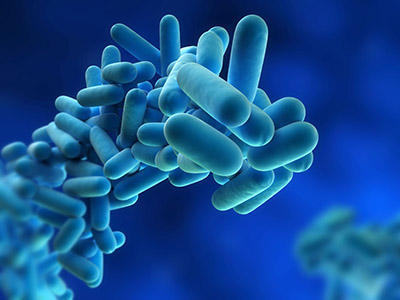Source of Edinburgh LD outbreak a mystery
8th April 2015 UK: Scottish authorities have been unable to identify the source of the fatal legionnaires disease outbreak in Edinburgh in 2012.
UK: Scottish authorities have been unable to identify the source of the fatal legionnaires disease outbreak in Edinburgh in 2012.
Between 5 June and 15 July 2012 four died out of a total of 92 people affected by the outbreak. An investigation by the HSE and Lothian and Borders Police under the direction of the specialist Health and Safety Division of the Crown Office and Procurator Fiscal Service failed to identify the source of the legionella bacteria, despite detailed analysis of samples from a number of sites. As a result Crown Counsel has concluded that there is insufficient evidence to prosecute any person or organisation for the deaths.
The decision on whether or not to hold a Fatal Accident Inquiry is yet to be made. This decision will be made following consultation with the families.
As a result of the investigation a number of reports were submitted to the Crown Office for breaches of Health and Safety regulations unrelated to the deaths of the four people. Crown Counsel have instructed that a number of companies be prosecuted on indictment in relation to those breaches.
“This was always going to be a difficult and complex investigation due to the number of potential sources in the Gorgie area but we continued on in the hope that the necessary scientific evidence would come to light. Unfortunately that hasn’t happened,” commented Gary Aitken, head of the Health and Safety Division of the Crown Office and Procurator Fiscal Service.
Adding his condolences and sympathies to the families of those who died, professor Alison McCallum, director of Public Health and Health Policy, NHS Lothian, said: “The actions taken by the incident management team at the time of the outbreak minimised the impact on public health. However, as is often the case in outbreaks of this nature, the further microbiological, environmental and genetic investigations have been unable to definitively establish the specific source.”
The 2012 outbreak was described as the largest outbreak in Scotland in the last ten years. It was also said to be one of the most complex the HSE has investigated, involving visits to multiple sites and duty holders including contractors and sub-contractors to check compliance with legionella control standards.
“As HSE and public health experts made clear at the time of the outbreak the source may never be conclusively identified, based on our experience from previous outbreaks,” said HSE head of operations in Scotland, Alistair McNab. “Two smaller outbreaks occurred within Scotland during 2013 and again, despite extensive and thorough investigation, the sources could not be proved,” he added.
“This can be due to the fact that Legionnaires’ disease can have a long incubation period of up to 19 days, so by the time an outbreak is notified to HSE and other regulatory bodies and sampling carried out on water systems, the bacteria levels may have changed or the source producing bacteria may have ceased operation. In addition, as a precautionary measure to prevent further ill health when an outbreak is declared, companies are encouraged to shock-dose their cooling towers with chemicals, which again can prevent positively identifying the source.”
The incident management team has now concluded the investigation into this outbreak and is now aiming to publish the final report by the end of July.
Related stories:
Genetics hampers search for LD source – April 8, 2015
UK: Genetic research is said to have shown that tracing the source of future legionnaires’ disease outbreaks may be difficult, if not impossible. Read more…







